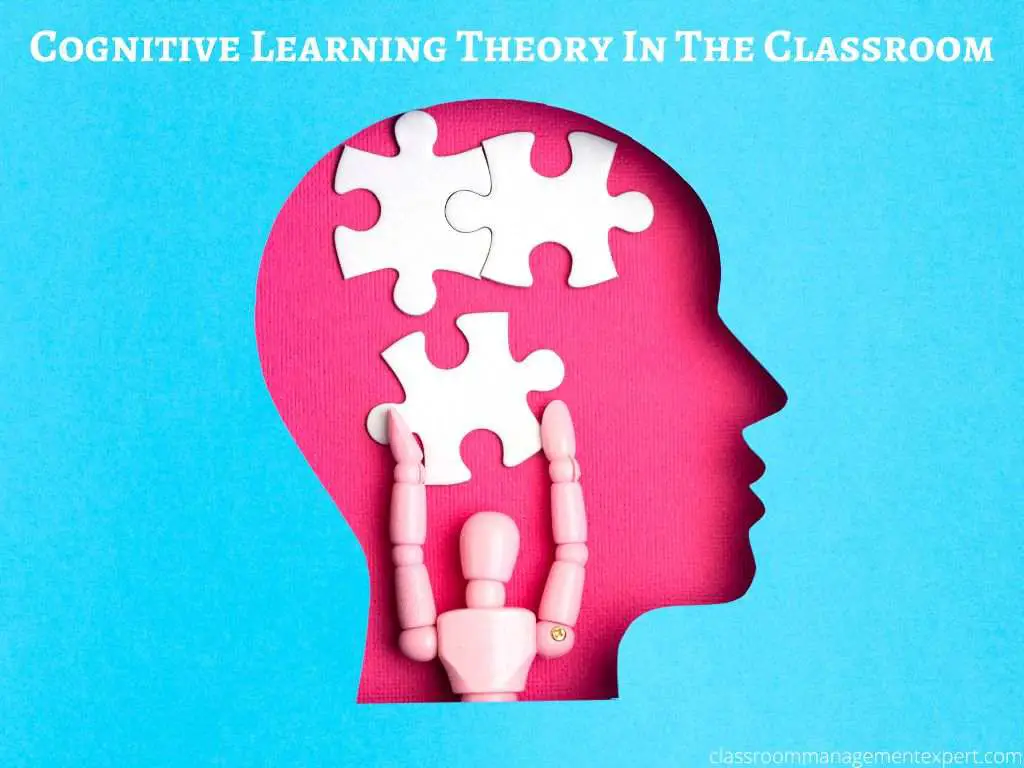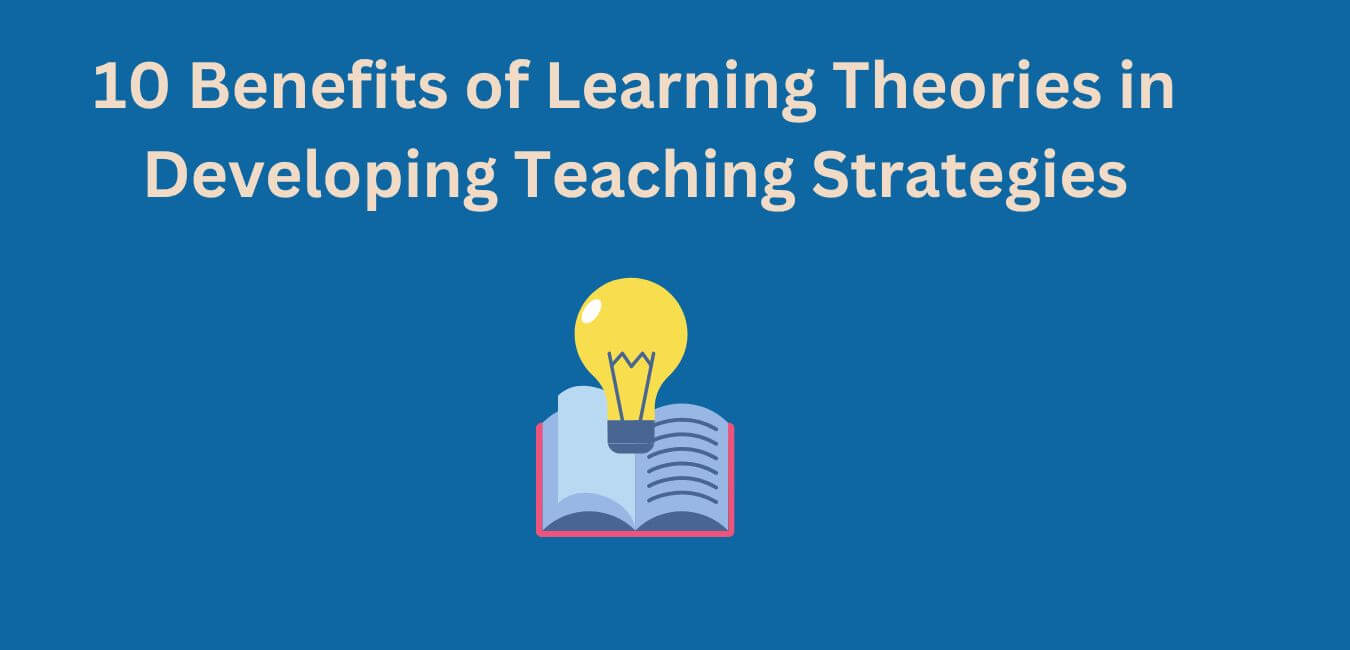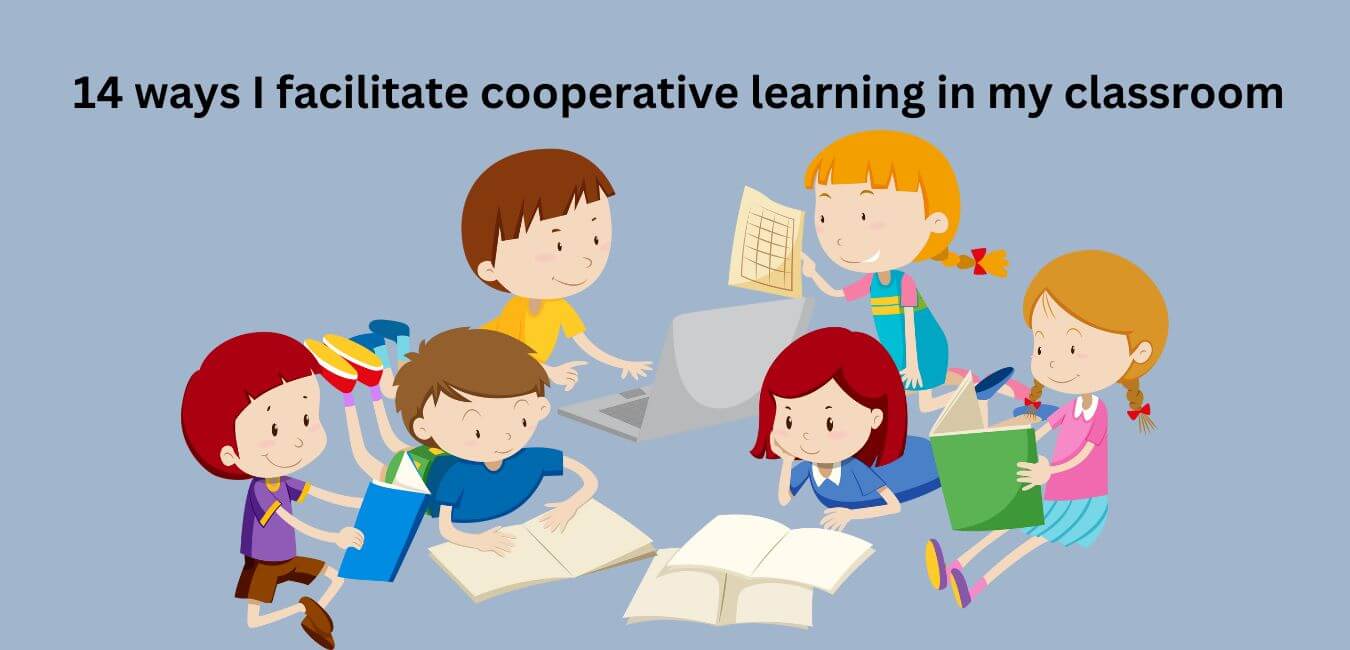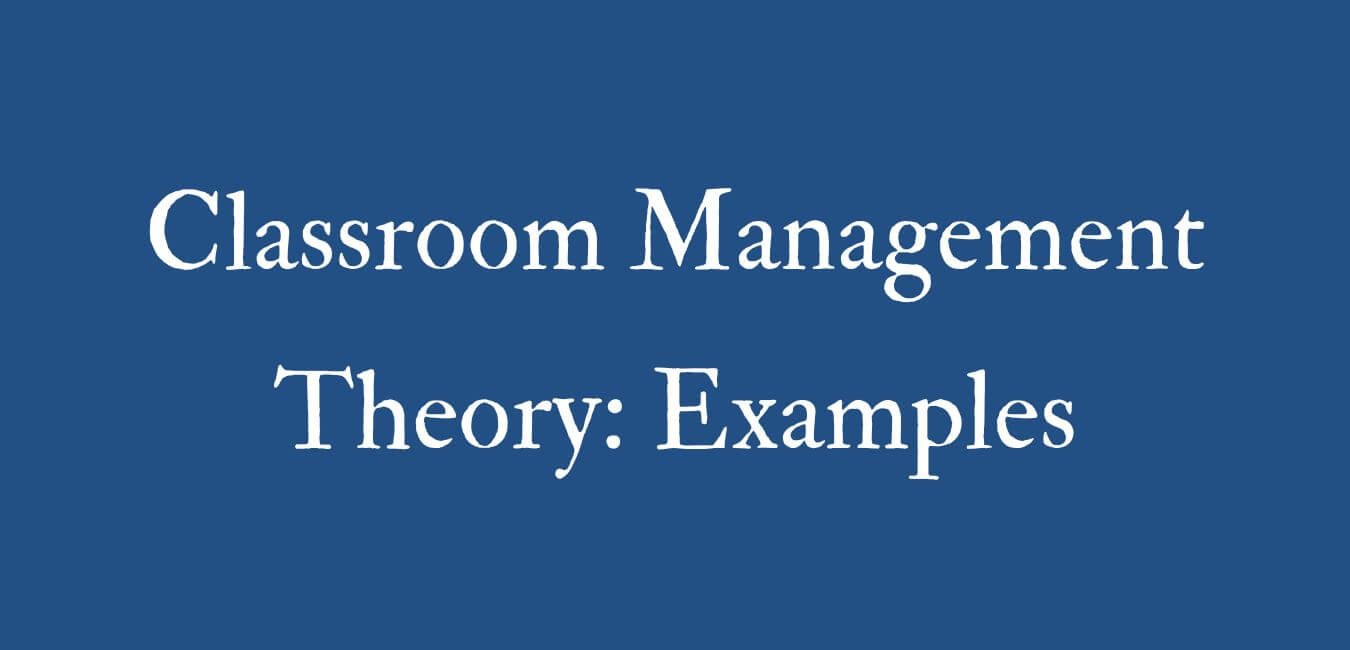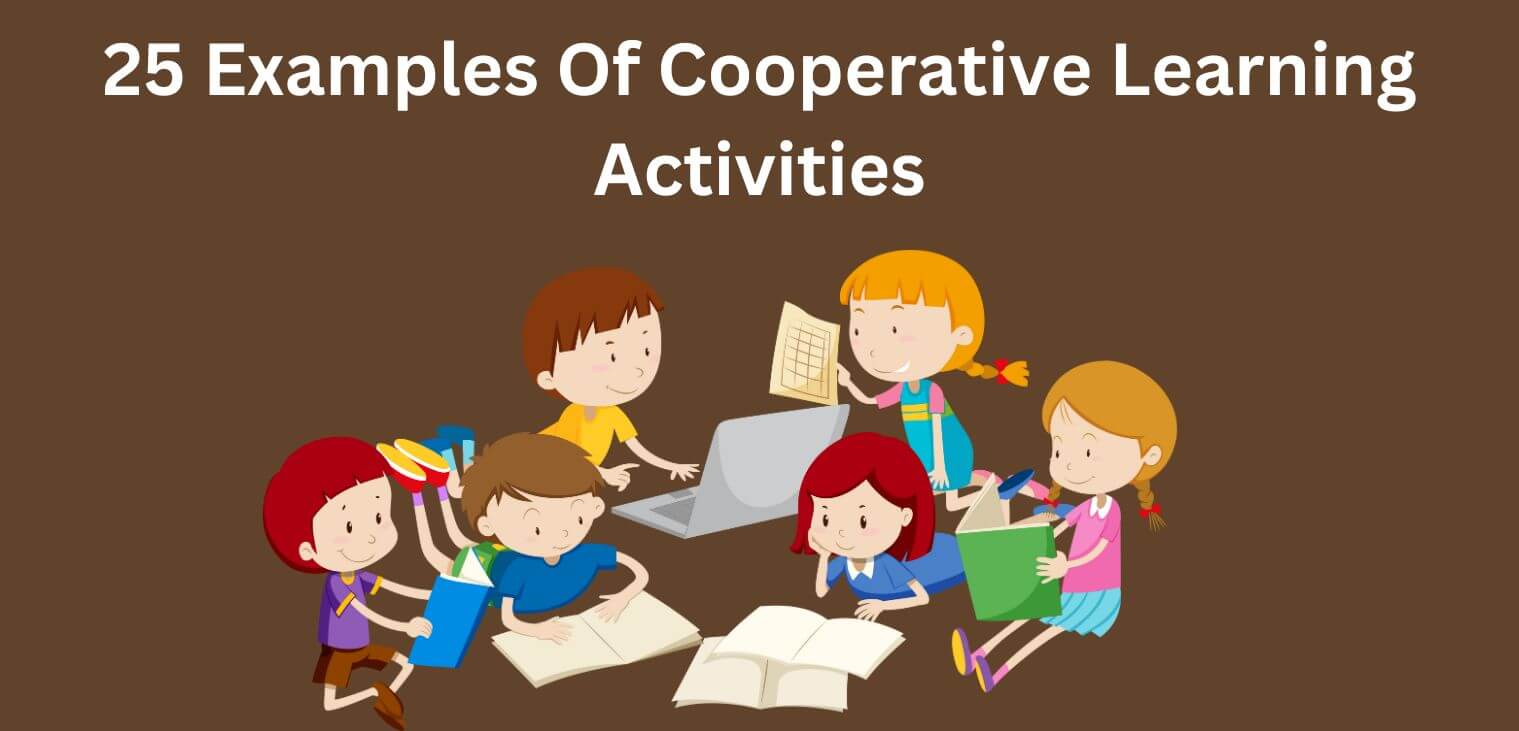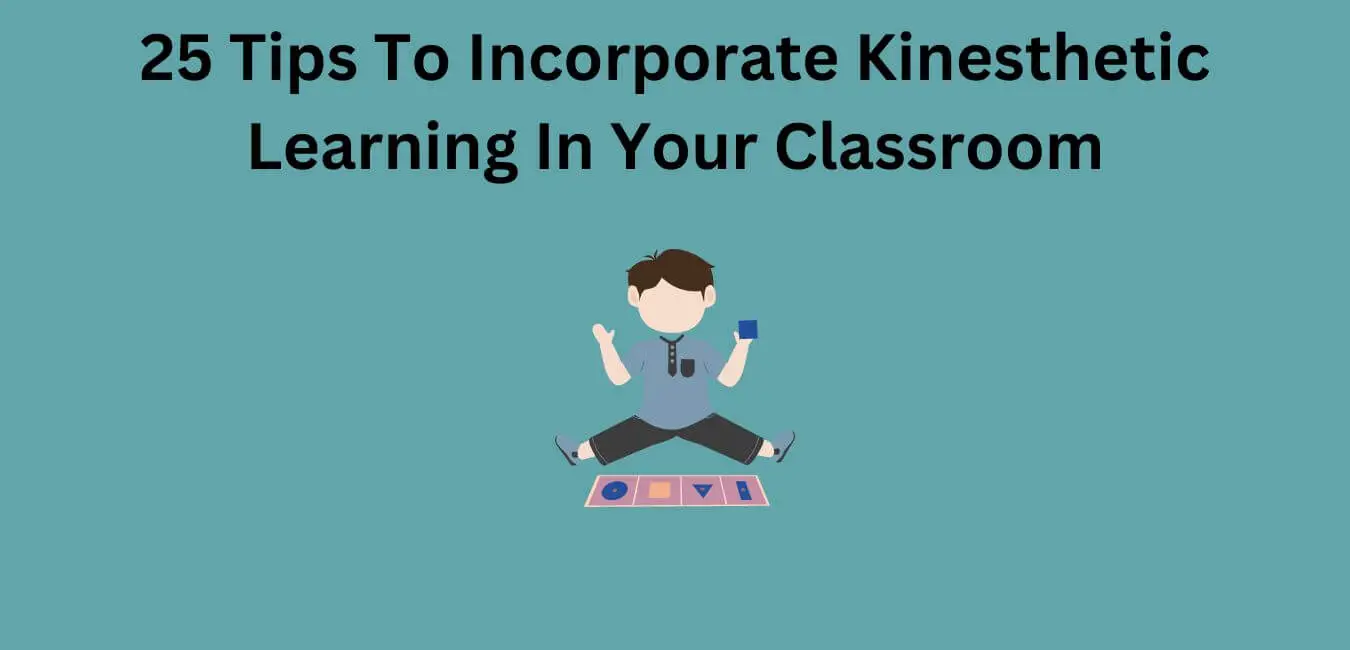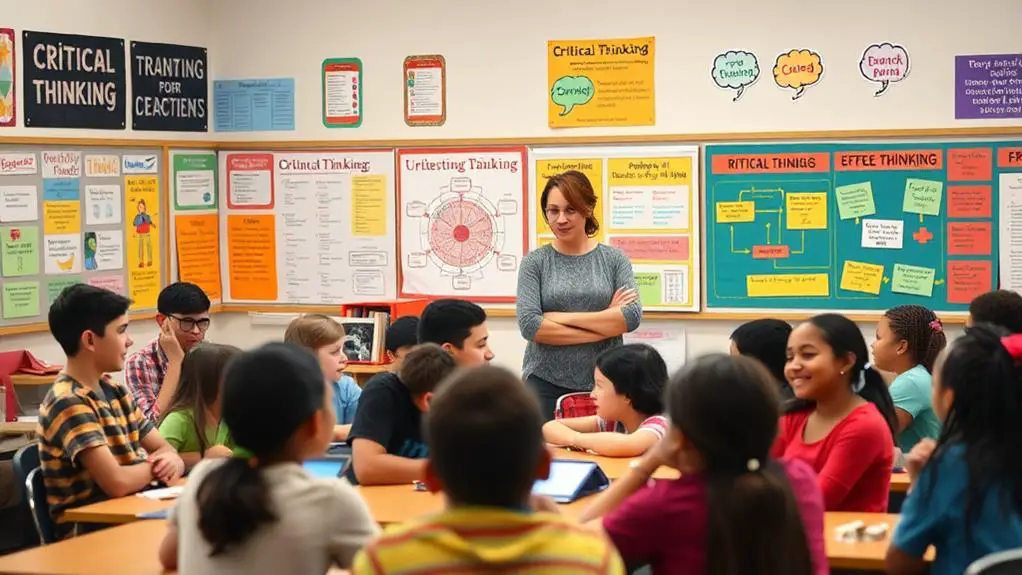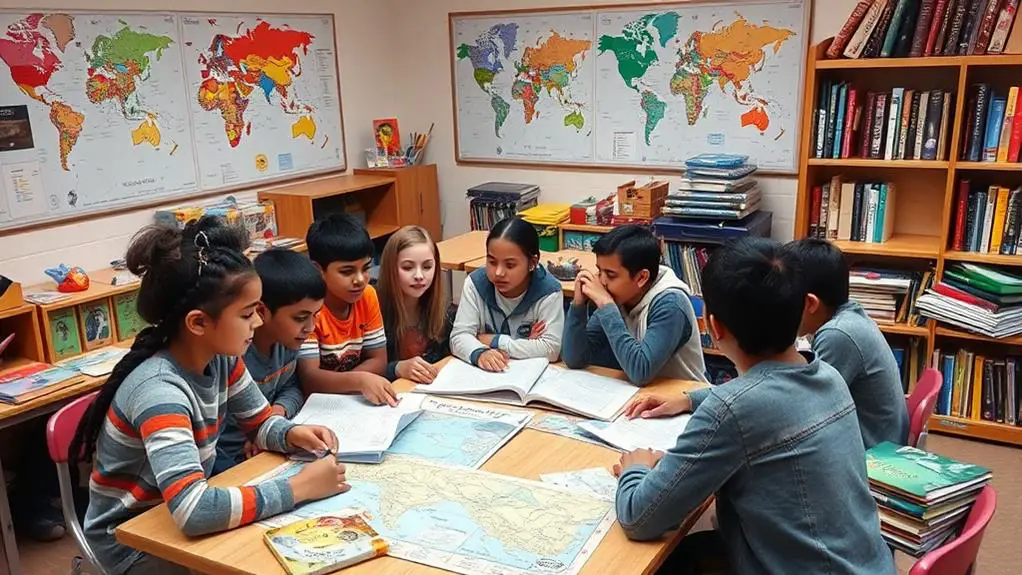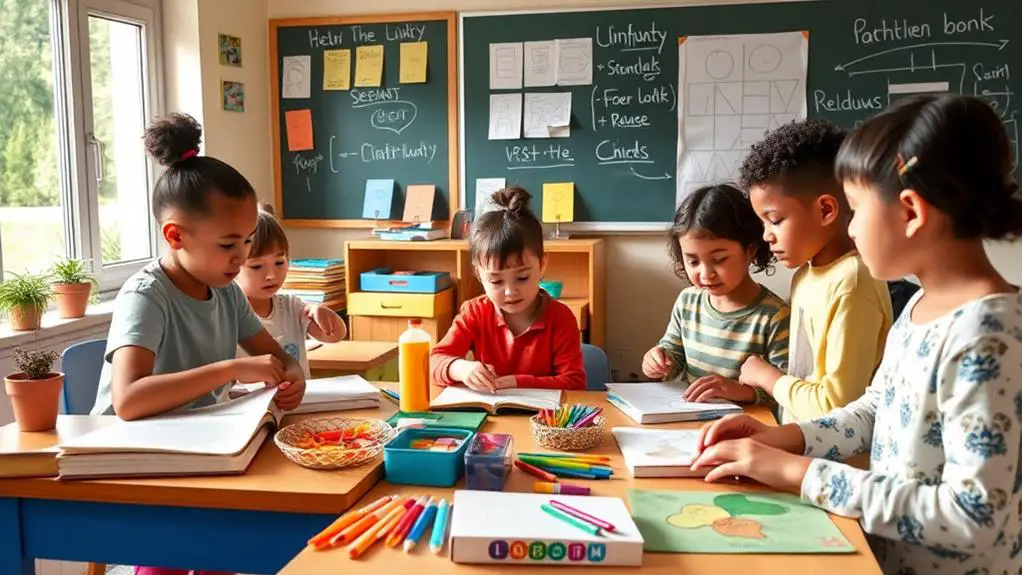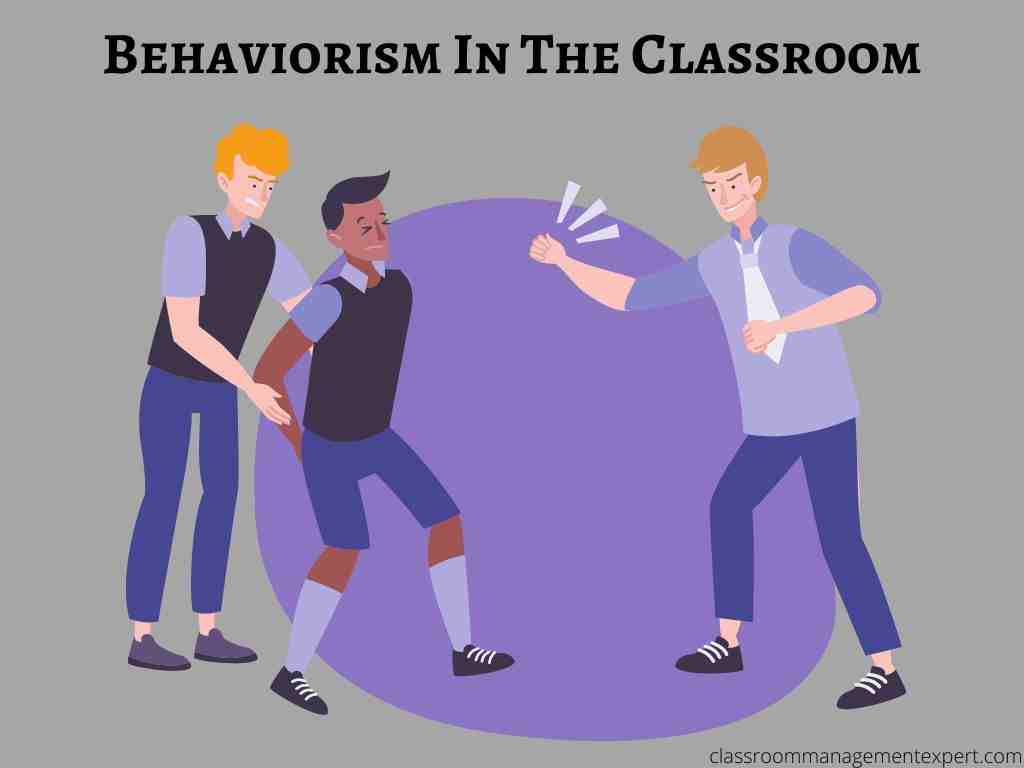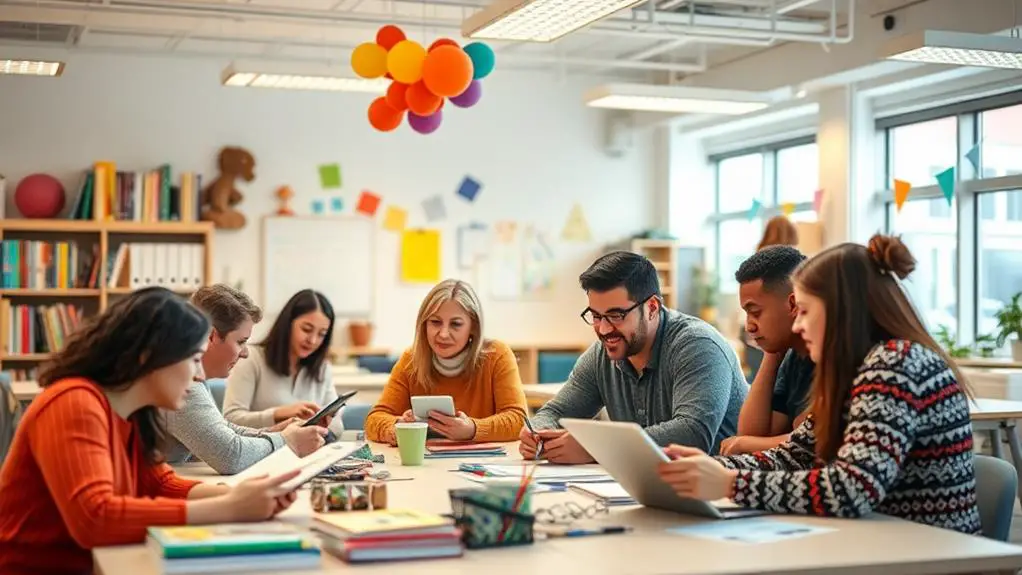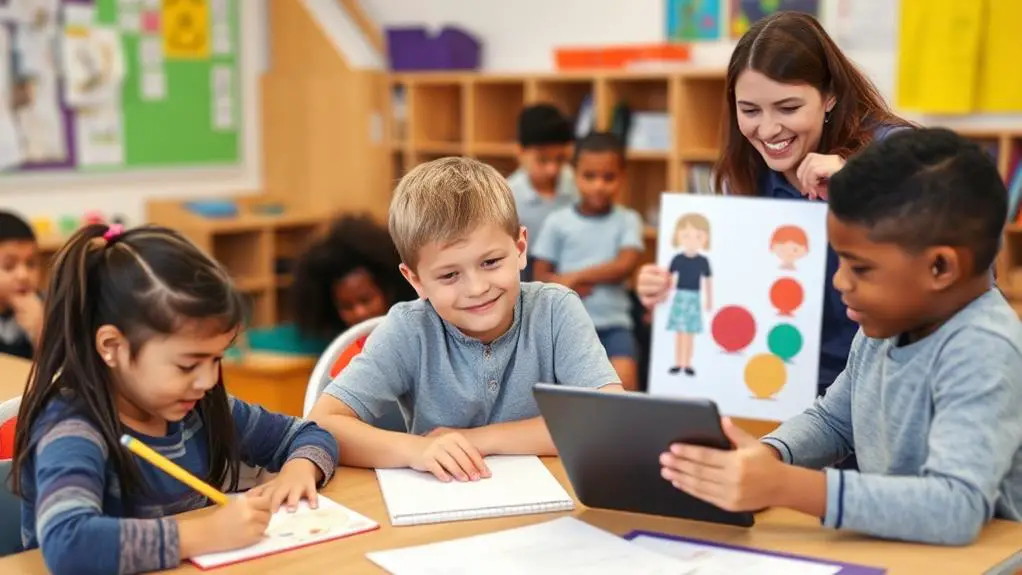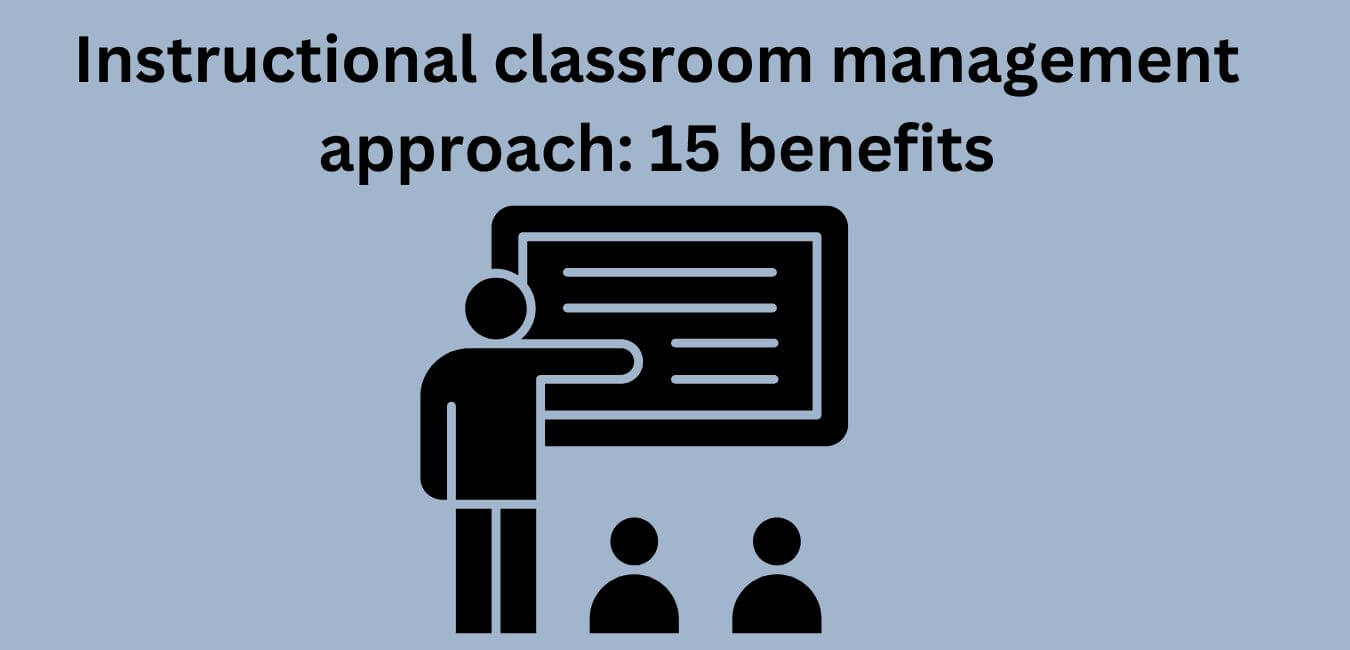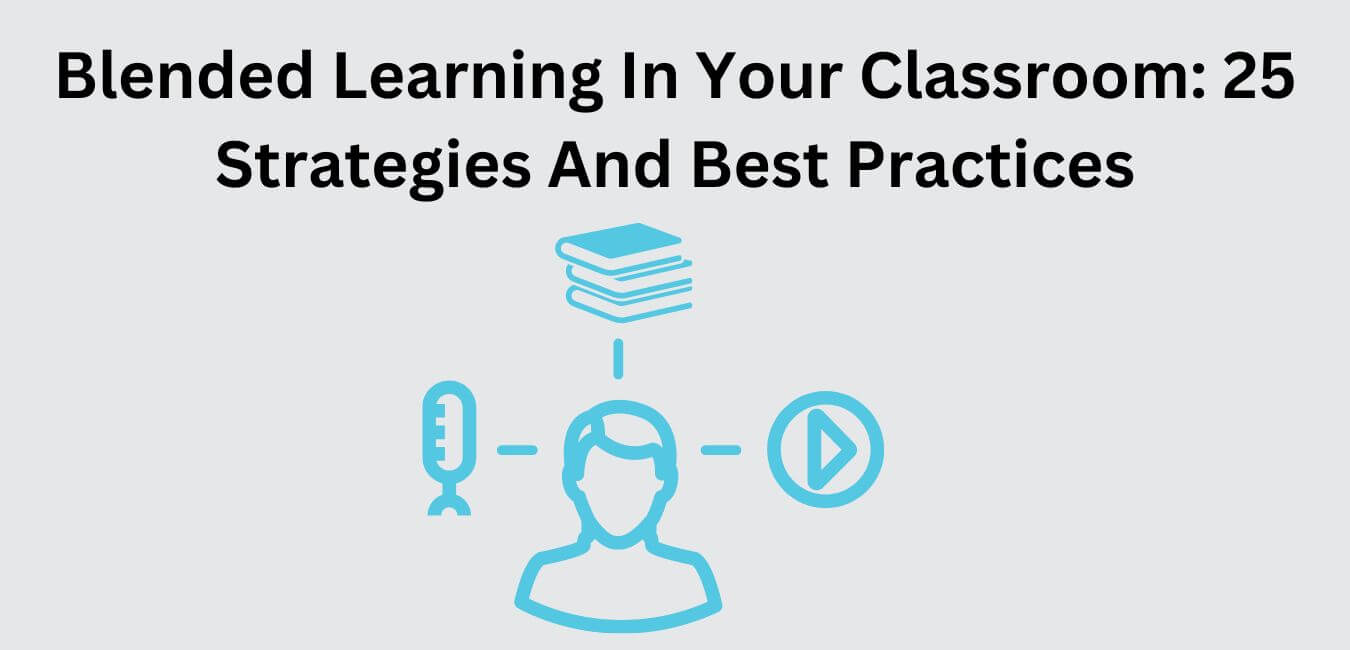In the field of education, cognitive learning theory has become an increasingly popular way of thinking about how students learn. This theory emphasizes the role of mental processes in learning. When applied to the classroom, cognitive learning theory can help teachers understand how students think and learn. It can also provide guidance on how to effectively design instruction and assessment.
What is Cognitive Learning Theory?
It is a learning theory that is based on the concept of metacognition, where individuals are encouraged or pushed to think about how they think.
That’s individuals become active members in the learning process. Thus, they participate actively in learning instead of just memorizing information.
This learning theory considers the background and experience of students to be important in the learning process. In essence, differences in the individual students, which are shaped by their respective experiences, matter a lot in the learning process.
Teachers are encouraged to see their students as different people with different backgrounds, abilities, and skills that influence how they learn.
Based on that, teachers can help their students maximize the potential of their brains and abilities.
In short, cognitive learning theory relies on the belief that both the internal and external environment impact the learning process of every student.
Assumptions of the Cognitive Learning Theory
Assuming that all learners are capable of cognitive learning, the theory has seven main assumptions:
1. All learners are active processors of information.
2. Learning is a constructive process where learners build on their existing knowledge.
3. Learners have different ways of processing information and learn best when using their preferred methods.
4. Learners need to be motivated to learn.
5. The environment influences the learner’s cognition.
6. The learner’s cognition is influenced by previous knowledge and experience.
7. Learning is a gradual process where small changes accumulate over time.
Why is Cognitive Learning Theory Important in Your Classroom?
The following are some of the reasons why knowing and applying cognitive learning theory in the classroom is important:
1. Cognitive learning theory can help your students understand how their minds work and how they can learn more effectively.
Cognitive learning theory can help your students understand how their minds work and how they can learn more effectively.
Cognitive learning theory posits that knowledge is not static, but instead is shaped by our experience and thoughts. This means that students can learn more effectively by understanding how their own thinking processes work, and by using strategies to help them remember information.
For example, cognitive learning theory suggests that students should use mnemonic devices (such as acronyms or mnemonic pictures) to help them remember information.
Cognitive learning theory has been found to be effective in the classroom. For example, studies have shown that cognitive learning theory-based instruction helps students retain information better than traditional instruction.
Additionally, cognitive learning theory-based instruction has been shown to improve student motivation and engagement in the classroom.
2. It emphasizes the importance of active learning, which can help students engage more with material and retain information better.
Cognitive learning theory (CLT) is a widely accepted framework for how students learn. It emphasizes the importance of active learning, which can help students engage more with material and retain information better.
CLT is based on the idea that knowledge is stored in students’ brains in a form that can be accessed and used, rather than being permanently stored in some physical place. This means that students need to actively engage with the material in order to learn it well.
CLT also emphasizes the role of feedback and reinforcement in learning, as these factors can help increase student engagement and retention.
3. It teaches students to be aware of their own cognitive processes and how they can affect their learning.
Cognitive learning theory in the classroom can be used to help students become more aware of their own cognitive processes and how they can affect their learning.
This theory helps students to understand how they process information, make decisions, and remember information. It also helps them to develop strategies for learning that work best for them.
By becoming aware of these processes, students are better able to learn and remember information effectively.
4. It helps students understand that knowledge is constructed rather than simply transmitted, which can encourage them to be more critical thinkers.
Cognitive learning theory is a model of instruction that emphasizes the importance of students’ understanding that knowledge is constructed, not simply transmitted.
This model can help students become more critical thinkers, as they are more likely to question information and examine it critically.
In addition, cognitive learning theory provides teachers with strategies for engaging students in learning, which can help them to better understand the material they are studying.
5. It provides a framework for incorporating technology into the classroom in a way that can enhance learning.
Cognitive learning theory is a framework that has been developed to help educators incorporate technology into the classroom in a way that can enhance learning.
According to this theory, students learn best when they have opportunities to use both traditional and digital tools in conjunction with each other.
By providing a structure for integrating technology into the classroom, cognitive learning theory can help teachers ensure that their students are getting the most out of their educational experiences.
6. It acknowledges the role of emotions in learning and provides strategies for managing them effectively.
Cognitive learning theory is a body of learning theory that emphasizes the role of emotions in learning. The theory acknowledges that emotions are essential to both the acquisition and retention of information.
It also provides strategies for managing them effectively, so that students can learn effectively and efficiently.
7. It can help create a more positive and effective learning environment overall.
Cognitive learning theory has been found to be a helpful tool in creating a more positive and effective learning environment. It encourages students to think critically and problem solve, which can lead to improved retention of information.
Additionally, cognitive learning theory can help foster a sense of community within the classroom, as students work together to achieve common goals.
How to implement Cognitive Learning Theory in your classroom.
1. Encourage your students to ask questions.
Questioning is an important part of learning. It allows students to explore and ask questions about what they are reading, studying, or hearing.
When students are encouraged to ask questions, they can become more knowledgeable and engaged in the material they are studying. This also helps them to develop critical thinking skills.
In the classroom, it is important to provide opportunities for students to question everything from the teacher’s instructions to the content of a lesson.
By asking questions, students can learn more effectively and have fun while they are doing it.
2. Help your students to understand how their prior knowledge can be used to help them learn new information.
Cognitive learning theory is a way of thinking about how people learn. It suggests that people use their existing knowledge to help them understand and remember new information.
This means that students can benefit from using what they know already to help them learn new information.
Therefore, help your students to understand the value of their previous knowledge in learning new knowledge.
For example, if a student knows the basics of a topic, they can use that knowledge to help them understand and remember the details of the new information.
3. Encourage them to make connections between new and old information.
Cognitive learning theory is a model that suggests that individuals learn more effectively when they are able to make connections between new and old information.
This theory suggests that students are better able to remember information if they can link it to other pieces of information they have learned in the past.
When students are able to make these connections, they are also more likely to be able to understand and apply the new information they are learning.
Hence, you must always implement activities that will encourage your students to connect their old and new knowledge.
4. Help your students to see how the world around them affects their learning.
Cognitive learning theory (CLT) is an educational theory that suggests that students learn best when they can see how their own thoughts, feelings, and actions affect their surroundings.
CLT has been shown to be effective in the classroom by helping students to better understand how they learn, how they process information, and how they make decisions.
In addition, CLT has been shown to help students focus on the task at hand and increase their mastery of the material.
5. Encourage them to use their cognitive skills to think critically about what they are learning.
Cognitive learning theory can be used to help students think critically about what they are learning.
This theory is based on the idea that humans learn best when they are engaged in challenging tasks and when they can use their cognitive skills to think about the information that they are being presented with.
When students are able to use their cognitive skills, it helps them to better understand the material that they are studying and to remember it better. It also allows them to apply what they have learned in new situations.
6. Help them to understand that learning is an active process and that they need to be engaged in order for it to be effective.
Cognitive learning theory in the classroom provides an understanding of how people learn and remember information. It suggests that people are active learners who need to be engaged in order to learn effectively.
This means that students need to be actively involved in their learning, whether they are actively trying to understand the material or working on comprehension exercises.
When you get your students engaged in their learning, they are more likely to remember the information and use it later in life. It is therefore great for you to help your students understand this.
7. Encourage your students to reflect on their learning and how they can apply it in different situations.
Cognitive learning theory is a way of thinking about how people learn and think. It is based on the idea that humans are constantly making sense of their world through processing information. This information can come from our own experiences, what we read, hear, or see, and what we know about other people and things.
When we learn something new, we gather this information and try to make sense of it. We do this by using our brains to figure out how the new information fits into our existing knowledge and understanding. This process is called cognitive processing.
One way that cognitive learning theory can be used in the classroom is to help students reflect on their learning.
This can be done in a variety of ways, such as writing reflections after class or taking a quiz on a topic to assess how well they have learned it.
By reflecting on their learning, students can become more aware of how they are using cognitive processing when they are learning new things and be better able to apply that knowledge in future situations.
8. Help your students to understand that mistakes are part of the learning process and should be seen as opportunities for growth.
Cognitive learning theory in the classroom can help students see mistakes as opportunities for growth. Cognitive learning theory holds that when individuals learn, they engage in a process of restructuring their own understanding to better match what they are trying to learn.
In other words, when students make mistakes, they are actually engaging in a form of cognitive restructuring. This is because making a mistake forces them to reconsider their understanding of the material and how best to approach it.
When you teach your students to understand that mistakes are part of the learning process, they will be more likely to be comfortable and open with you about weaknesses and uncertainties in their knowledge. This increased transparency can lead to increased understanding and improved performance on future assignments.
9. Encourage your students to persevere when they encounter difficulties and to seek help when needed.
Cognitive learning theory is a theoretical framework that suggests that students learn best when they are engaged in tasks that are challenging but also achievable. When students encounter difficulties, they need to persevere and seek help from those around them.
This helps them overcome the challenges and improve their learning. It is important to encourage students to do this, as it will help them achieve their goals and be successful in school.
10. Help students to understand the importance of lifelong learning and how they can continue to grow and learn throughout their lives.
Cognitive learning theory is important in the classroom because it helps students to understand the importance of lifelong learning and how they can continue to grow and learn throughout their lives.
Cognitive learning theory provides a framework for understanding how learners process information, make decisions and remember information.
This framework can be used to help students understand why they may have difficulty learning new information or retaining information that has been learned.
Also, cognitive learning theory can be used to help teachers identify strategies that will help students learn more effectively.
11. Encourage your students to share what they have learned with others and to become active participants in the global community of learners.
Cognitive learning theory in the classroom encourages students to share what they have learned with others and to become active participants in the global community of learners.
In order to facilitate these goals, teachers must promote a climate of inquiry and encourage students to challenge their own beliefs and assumptions.
In addition, teachers must create opportunities for students to use their skills and knowledge in meaningful ways.
12. Encourage students to make connections in their minds.
Cognitive learning theory is a research-based instructional model that encourages students to make connections in their minds.
According to cognitive learning theory, it is important for students to be able to think abstractly and critically in order to learn.
In addition, cognitive learning theory stresses the importance of scaffolding – providing opportunities for students to practice and develop new skills – in order to help them learn effectively.
By encouraging students to make connections in their minds, cognitive learning theory helps them build an understanding of complex concepts.
13. Teach students how to use their prior knowledge.
Cognitive learning theory has been used in the classroom for many years to help students learn and remember information. One of the main principles behind cognitive learning theory is that learners use their prior knowledge to help them learn new information.
This means that students can use what they know already to help them understand and remember the new information.
One example of how this principle can be used in the classroom is when a teacher is teaching a new topic. Instead of having the students read about the topic and then try to remember it, the teacher can have them do something called “mind mapping”.
Mind mapping is when a student draws out all of the important points from a topic on paper so that they can remember it better.
Then, when they are asked questions about the topic, later on, they will have an easier time answering because they will have already been familiar with some of the information.
14. Encourage your students to apply old concepts to new situations.
Learners or students are best able to retain knowledge and understand new information when they can relate it to their own experiences and knowledge.
When you use cognitive learning theory in the classroom, help your students to apply what they’ve learned previously by putting it into new contexts. This helps students build upon their understanding and retain information more effectively.
By encouraging students to apply what they know, cognitive learning theory provides them with the tools they need to truly succeed in college and beyond.
15. Facilitate higher-order thinking among your students.
Cognitive learning theory is a set of principles that guide the way learners think and learn. It has been shown to be effective in facilitating higher-order thinking among students.
By fostering critical thinking, cognitive learning theory helps students develop problem-solving skills, as well as an understanding of complex concepts.
Additionally, it helps students to better understand how knowledge is acquired and used.
16. Teach students to practice, practice, practice.
Cognitive learning theory is a research-based model of instruction that emphasizes the importance of practice in achieving mastery of new skills.
According to cognitive learning theory, it is essential for students to practice the skill frequently and under different circumstances so that they can develop efficient neural pathways for performing the task.
This type of instruction promotes student engagement and motivation because it emphasizes their ability to learn and achieve success.
Conclusion
In conclusion, cognitive learning theory provides a useful framework for understanding how students learn in the classroom. By taking into account the various cognitive processes involved in learning, teachers can design more effective instructional strategies. In addition, cognitive learning theory can help identify individual differences in learning and provide guidance on how to best support each student.

